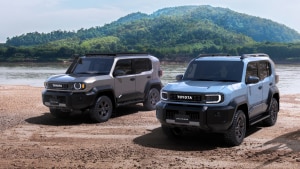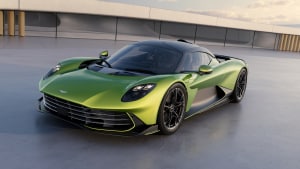2019 Mini John Cooper Works first drive review
First things first, you may think you've seen this flavour of Mini before. A go-faster go-kart. But the Minis that have come before have essentially been the fun-by-itself Mini Cooper S, with JCW enhancements, and styling bits. But finally, Mini brings in the real deal - the Mini John Cooper Works. And that's important, because as we find out, the mechanical revisions under the hood, bigger brakes, stiffer (and lighter) suspension componentry actually do make for a car that's easily fit to do the occassional track day in - if not give you an even more rewarding run up your favourite set of twisties.
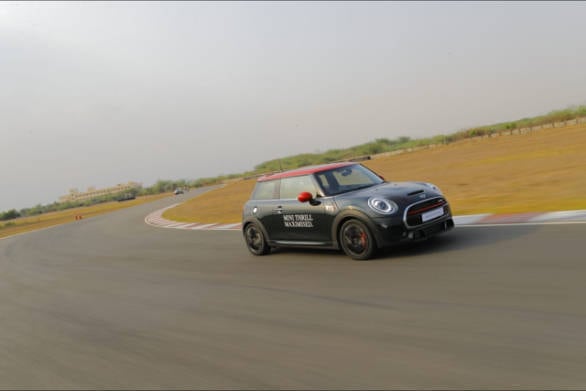
One Mini with the works, then?
So like the Mini JCW Pro, Mini Cooper S with JCW tuning kit and others before, the starting point for the John Cooper Works is the Cooper S. Except with everything turned up to 11, which is sort of like the difference between an M-tuned car and a proper M-division developed one. So the basic block of the 2-litre TwinPower turbocharged engine is the same, but with new pistons, a revised turbo and exhaust system, the motor puts out 231PS now, with the same 320Nm torque. A mildly important bump in power that's easily noticeable on the track when you're revving its guts out, but maybe not that considerable a jump for regular street driving. The figures, likewise, show a 6.1 second dash to 100kmph from standstill is now possible, down from the high 6s for the tuned-by-JCW cars. Further, the optional adaptive dampers held in place by lightened suspension components, and the JCW also comes with bigger rotors clamped by 4-piston Brembo calipers. The gearbox is new too, and is now an eight-speed automatic. Notably, it's the Sport Steptronic ZF-sourced torque converter, which claims to offer quicker shifts than the regular Steptronic 'box.
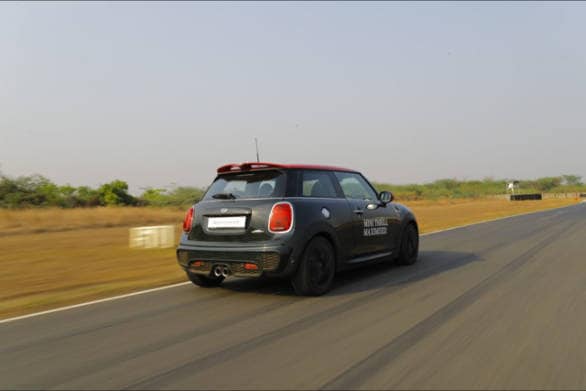
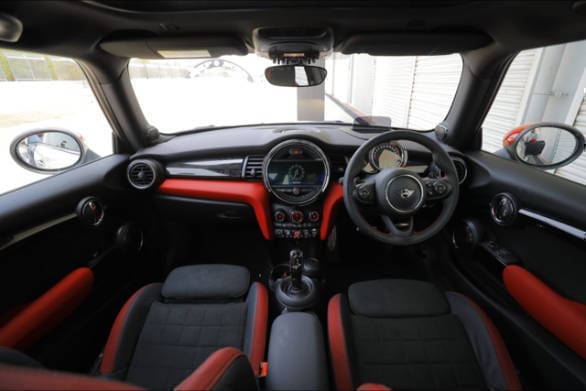
But we've seen this before?
The facelifted Mini, yes. The JCW-kitted Mini, yes again so we won't go too deep into the regular things like the cabin and the sorts. The differentiator is the John Cooper Works badge on the front grille instead of Cooper S badging. And quite minorly, the fog lamps in the front bumper have given way to vents, one of which feeds air to the intercooler, while the bottom air dam is said to have ducting to cool the brakes as well. Racing stripes and the contrast roof further the sporty appeal, and from certain angles the front lights do remind of another German sportscar with around the same 70+ years of heritage (ahem, 9-1-1). The JCW comes with optional 18-inch wheels with Pirelli Cinturato P7s, though the cars we drove were all fitted with 17-inch wheels and Hankook rubber.

Drives very different though...
Immediately you can tell there's a degree of directness that's in the steering, that wasn't in the Cooper S, that we also got to drive immediately before jumping into the JCW. There's a reason Mini calls it the go-kart feel, and it's definitely strengthened with the JCW, with the steering brimming with feedback. Even braking shows an improvement with the feel at the pedal remaining strong and consistent through multiple hot laps, with no signs of fade. Even getting back on the throttle coming out of corners, the JCW shows an enthusiasm for acceleration that's really, really likeable. It doesn't feel vortex fast, but it doesn't need to because the way the motor revs out just feels stronger throughout. The JCW is also loud, and if you lift off at the right point in the rev range you'll get a nice dose of pops, and even a hint of waste gate flutter. The drama is there alright, especially when you realise you can brake deep into a corner without upsetting the car. In fact, balancing the front end on the brakes feels utterly natural, then using a hint of throttle to get the front end pointed the way you want. The JCW also has an electronic differential in the front, which uses brake vectoring to help minimise some of the understeer that comes from high power front-wheel drive cars. What that means is that you can be a little clumsy with your right foot in a corner, and trust that the JCW won't understeer into the hedges. The JCW actually begins to feel like a racecar, with a mild setup, when you're pushing hard, being greatly more rewarding without washing wide. It also did really well through dozens of back-to-back hot laps in 43 degree centigrade weather. That's not something we can say for a lot of higher performance variants we've driven in similar conditions.
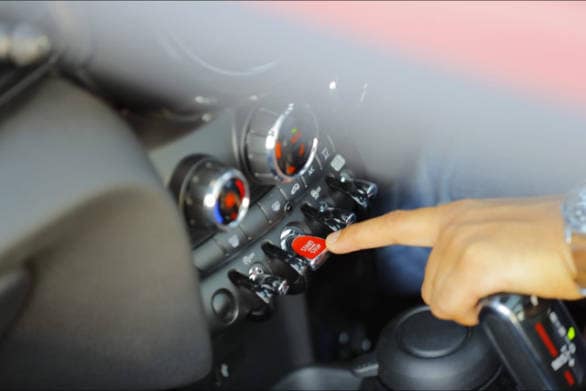
So, worth a buy?
The Mini JCW is a CBU, but carries a price tag of Rs 43.5 lakh, ex-showroom, making it about Rs 9 lakhs more than the 3-door Cooper S. But judging by how many of those I've seen being flogged at open trackdays, there definitely seems to be a market for a more hardcore Mini. And the JCW definitely delivers the extra bit of hard-edged fun that would make it a better driver's car. In the real world? We'll have to wait and find out.
Also see: Mini John Cooper Works First Drive Video
Starts Rs 38 Lakhs
1998cc
Automatic
231
320
15.81 Kmpl
Starts Rs 44 Lakhs
1998cc
Automatic
192
280
16.35 Kmpl
